In a phone call with Georgia Secretary of State Brad Raffensperger on Saturday, President Trump pleaded with Raffensperger to “find” enough votes to overturn the results of the election in Georgia, which Joe Biden won by 11,779 votes. The Washington Postreleased a recording of the hourlong call, during which Trump peddled numerous false claims about the election, alleging several instances of voter fraud without evidence.
At the start of the call, Trump claims that “it's pretty clear that we won. We won very substantially in Georgia.” This is false. On December 7, Georgia election officials recertified the election results, showing Biden as the winner, after completing a recount at Trump’s request. Trump requested a recount after results showed that Biden won by 12,670 votes, per the Associated Press. Raffensperger had previously ordered an audit of the presidential election, during which 5 million votes were counted by hand. After the Trump-requested recount, Biden lost 776 votes but still won the state.
During a December 7 press conference to announce the recertification, Raffensperger said there was no evidence of voter fraud. “Continuing to make debunked claims of a stolen election is hurting our state,” he said. He also said that “[T]here are people that are convinced the election was fraught with problems, but the evidence, the actual evidence, the facts tell us a different story.”
Trump also repeated a false claim about a video showing “a major water break” that caused “everyone” to flee the area, including law enforcement and Republican poll watchers. Trump cites that video in explaining why he believes “18,000 ballots, all for Biden,” appeared, which, he says, “weren't in an official voter box, but they were in what looked to be suitcases or trunks, suitcases but they weren't in voter boxes.” Here’s the relevant portion of the transcript:
It's been reported they said there was a major water main break. Everybody fled the area. ...There were no Republican poll watchers. Actually, there were no Democrat poll watchers, I guess they were them. But there were no Democrats, either, and there was no law enforcement. Late in the morning, they went early in the morning they went to the table with the black robe, the black shield and they pulled out the votes. Those votes were put there a number of hours before the table was put there. ...They weren't in an official voter box, but they were in what looked to be suitcases or trunks, suitcases but they weren't in voter boxes. The minimum number it could be because we watched it and they watched it certified in slow motion instant replay if you can believe it but slow motion and it was magnified many times over and the minimum it was 18,000 ballots, all for Biden.
The Dispatch’s Alec Dent addressed this allegation in a December 24 fact check: “Georgia's voting implementation manager, Gabriel Sterling, has said that no poll watchers were forced to leave the room. Surveillance footage shows that a water leak did occur, but Trump appears to be conflating two separate incidents. The leak occurred around 6 a.m. on November 3, while the video Trump describes happened around 10:15 p.m. November 3. Sterling says that the poll watchers and the poll workers left out of confusion over what time they were allowed to stop. The poll workers returned after being informed of their mistake, and the poll watchers returned about 80 minutes later.”
Sterling further explained the matter in a press conference on December 7:
“The ‘secret suitcases with magic ballots’ were actually ballots that had been packed into those absentee ballot carriers by the workers in plain view of the monitors and the press,” said Sterling. “The reason they were packed away is because they were under the misbegotten impression that they were getting to go home.”
Lastly, Sterling clarified on The Dispatch Podcast that the containers described as suspicious “suitcases” were actually the “carrying cases used in dozens of counties to haul around ballots so you don’t have to be carrying boxes. They have wheels on them,” he said.
Trump also resurfaced a baseless claim about ballots that were purportedly shredded. “And they supposedly shredded I think they said 300 pounds of -- 3,000 pounds of ballots,” said Trump. “And that just came to us as a report today. And it is a very sad situation.”
Trump is likely referencing an incident in Cobb County, where a viral video allegedly showed “ballots being destroyed,” by a shredding truck. This never happened.
According to a statement from the Board of Elections and Registration in Cobb County, there was nothing unusual about the shredding truck shredding material. The shredding company routinely disposes “of non relevant materials that cannot be easily disposed of.” Elections director Janine Eveler said: “ ‘None of these items are relevant to the election or the re-tally. Everything of consequence, including the ballots, absentee ballot applications with signatures, and anything else used in the count or re-tally remains on file. After an out-of-context video was shared on social media we contacted state officials to reassure them this was a routine clean-up operation and they could come to inspect our stored materials if they wished.’ ”
According to federal law, all ballots need to be maintained for 22 months from the date of the election, as explained in a “rumor control” analysis from the Cybersecurity and Infrastructure Security Agency. The CISA analysis also explains that “election officials, based on state and local law, may discard non-relevant materials, such as addressed envelopes or duplicate applications. Taken out of context, images or video of election officials discarding papers may appear suspicious, but are likely depicting legal discarding of these non-relevant election materials.”
At one point in the call, Trump referenced Pennsylvania as evidence of widespread voter fraud, saying that “in Pennsylvania, they had well over 200,000 more votes than they had people voting.” Once again, this is a false claim. Trump is likely referring to an “extensive analysis of election data” from state Rep. Frank Ryan, which alleges a “troubling discrepancies between the numbers of total votes counted and total number of voters who voted in the 2020 General Election.” This “analysis,” however, relied on incomplete data. A statement from the Pennsylvania secretary of state’s office, said these allegations are “false and misleading, and are based on a comparison of very different systems and data points with different timeframes and incomplete information, which anyone with basic understanding of election administration would immediately recognize.” The statement continued: “To put it simply, this so-called analysis was based on incomplete and inaccurate data.”
Trump also referenced Dominion Voting Systems as a source for widespread voter fraud, saying “we have a big issue with Dominion in other states and perhaps in yours.” There is no evidence to suggest that Dominion Voting Systems has been involved in voter fraud in the 2020 presidential election. Alec Dent has previously fact checked several of these unfounded claims about Dominion Voting Systems.
Furthermore, a joint statement from the Elections Infrastructure Government Coordinating Council and the Election Infrastructure Sector Coordinating Executive Committees says: “There is no evidence that any voting system deleted or lost votes, changed votes, or was in any way compromised.”
Trump also spoke about a consent decree in Georgia signed in March, which he called “a totally unconstitutional agreement.” The consent decree, which is a legal settlement, originated from a lawsuit filed by Democrats claiming “minorities were disproportionately affected when they had their ballots rejected,” as reported by the Associated Press. He also said that in the agreement “you can't check signatures,” which, again, is not true. The consent decree did not prohibit election officials from verifying signatures. This was covered in an earlier fact check: “The consent decree addressed concerns about statewide standards for verifying absentee ballot signatures, but did not prohibit verification.”
If you have a claim you would like to see us fact check, please send us an email at factcheck@thedispatch.com. If you would like to suggest a correction to this piece or any other Dispatch article, please email corrections@thedispatch.com.
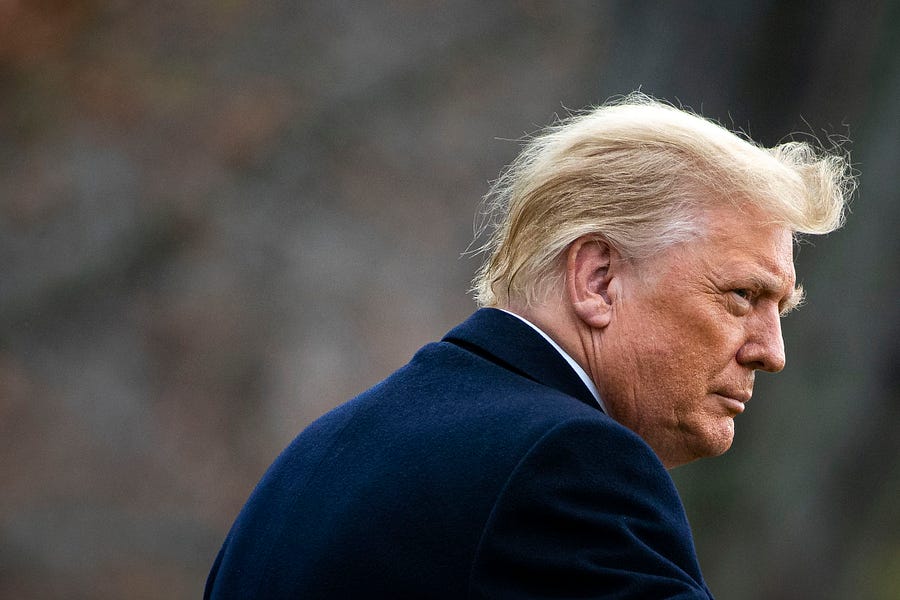

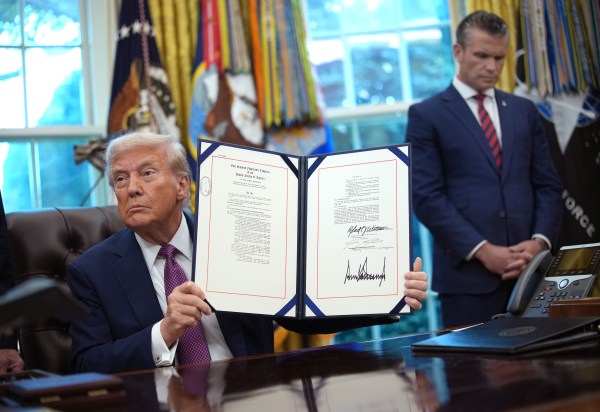
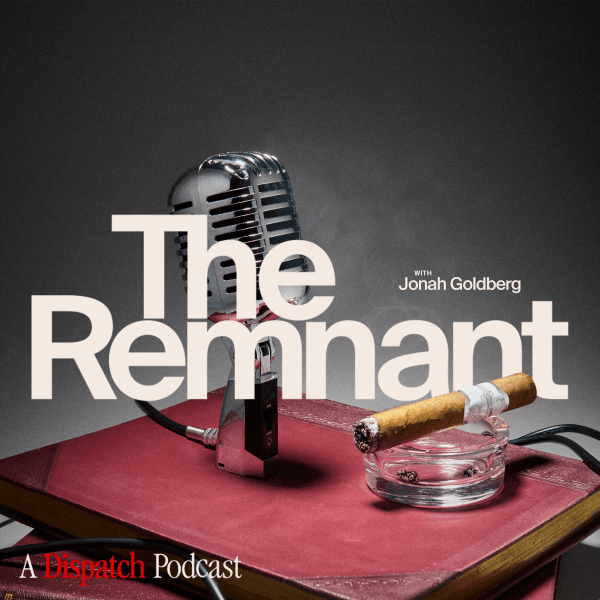
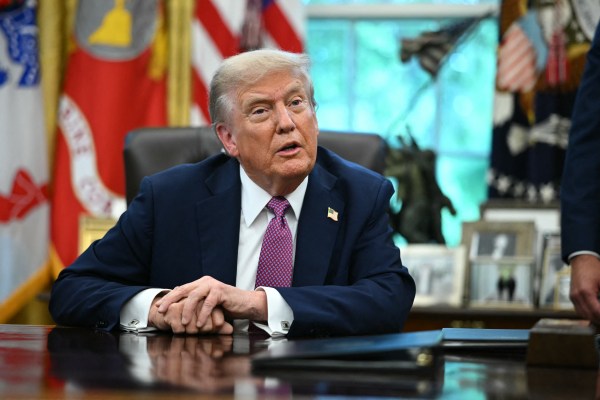
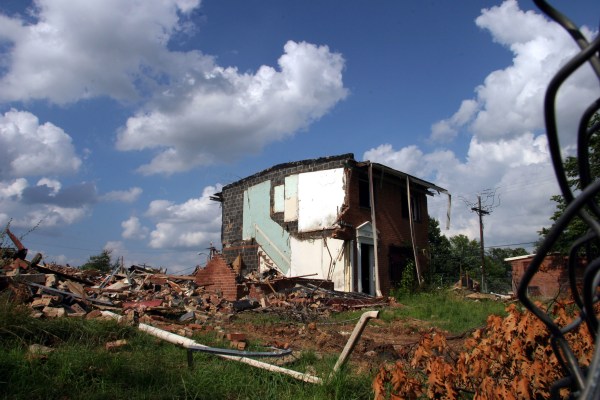
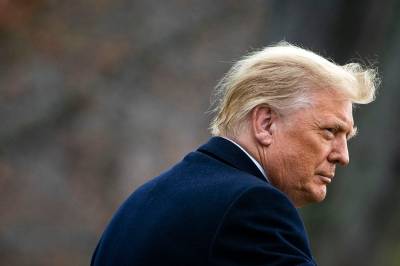
Please note that we at The Dispatch hold ourselves, our work, and our commenters to a higher standard than other places on the internet. We welcome comments that foster genuine debate or discussion—including comments critical of us or our work—but responses that include ad hominem attacks on fellow Dispatch members or are intended to stoke fear and anger may be moderated.
With your membership, you only have the ability to comment on The Morning Dispatch articles. Consider upgrading to join the conversation everywhere.